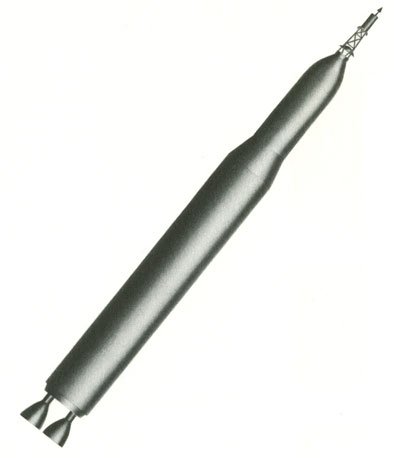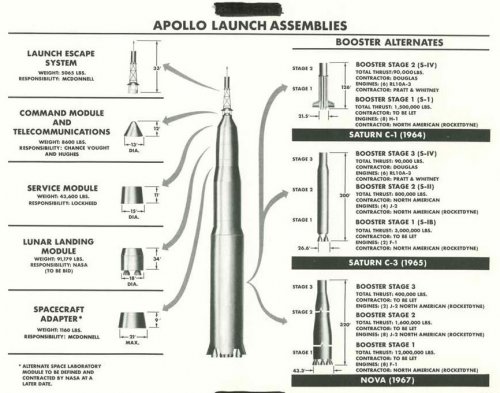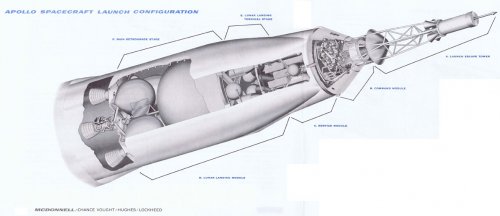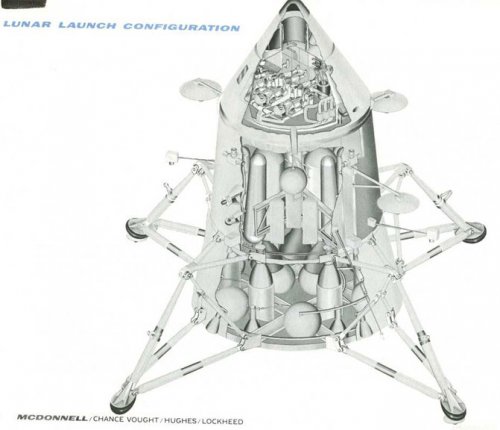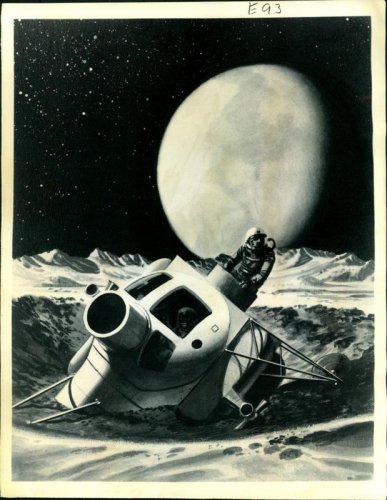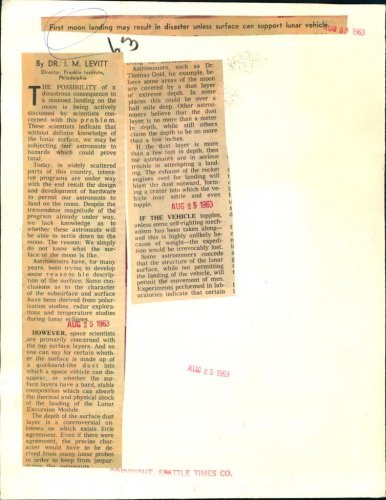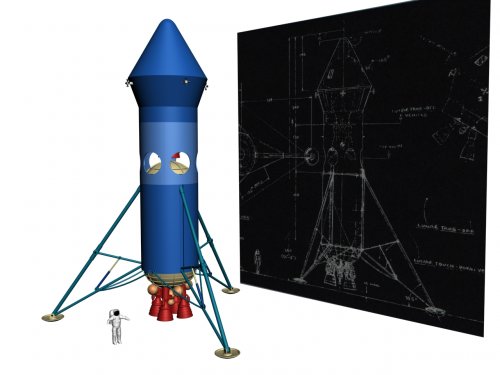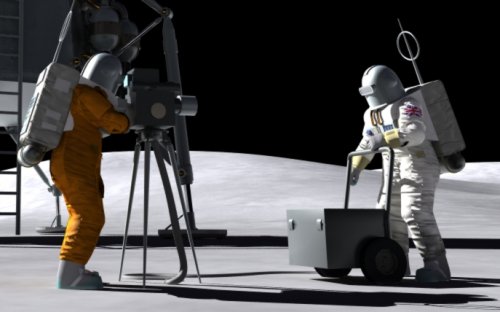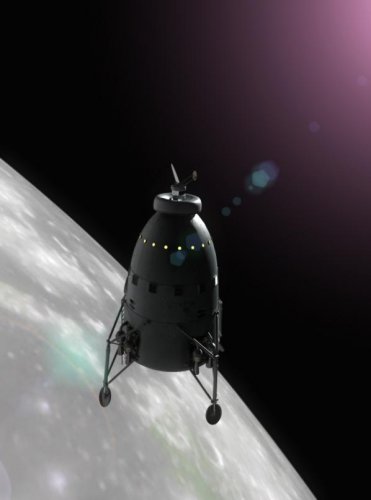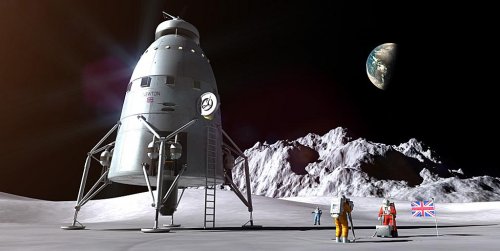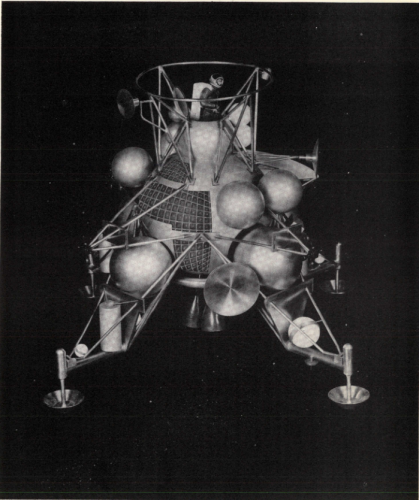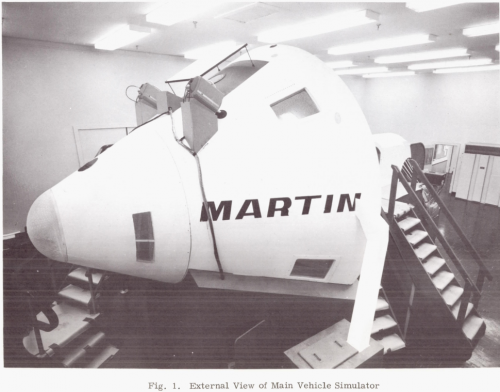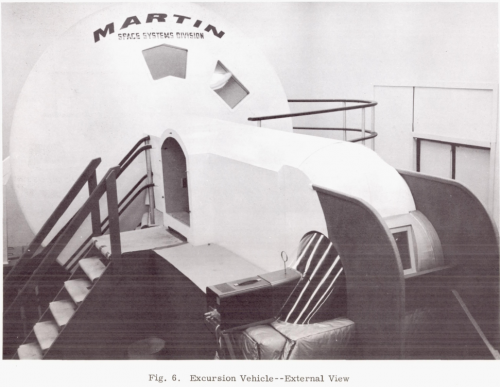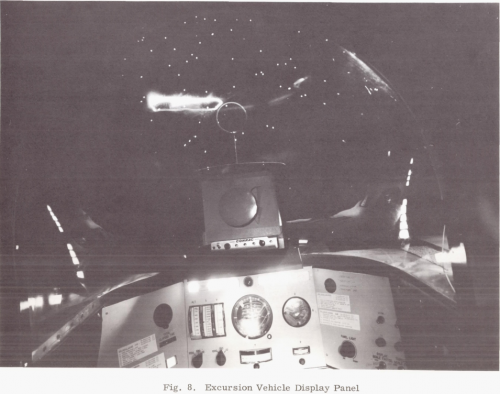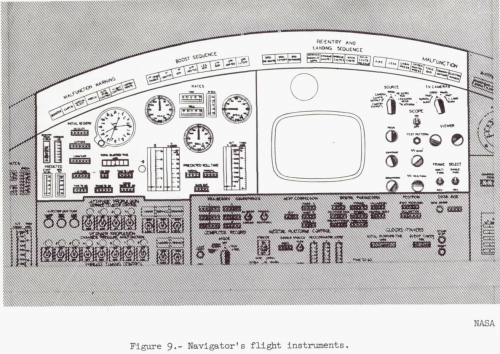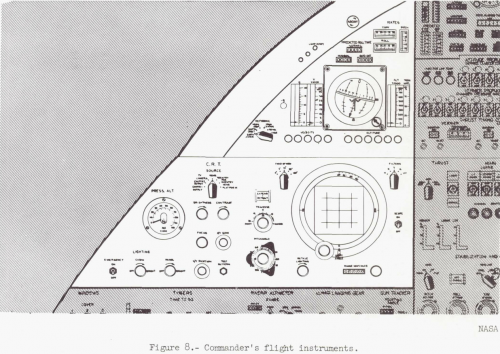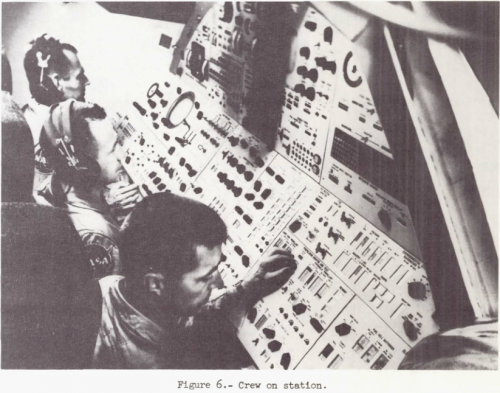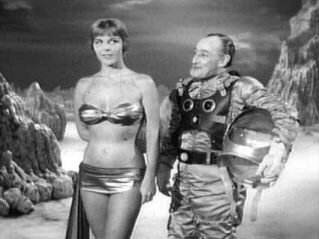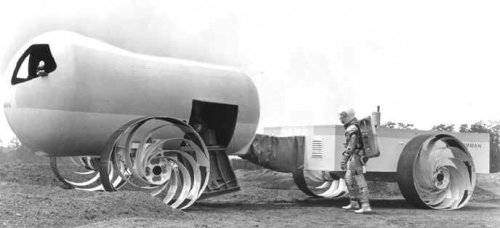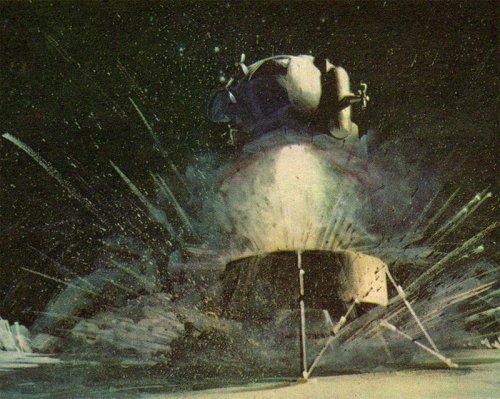The age range was between 31 and 38 years of age with two pilots being at each end of this age distribution. All the crew members were of good health and had no known disabilities. In succeeding chapters of this report, the pilots will be designated as Pilot A, Pilot B, Pilot C and Pilot D. However, Pilot D participated only as an observer in one of the flights and therefore, his performance will not be reported.
...Lessee, between 31 and 38, and this is just *barely* 1963 when the report was released. By 1963, we had the following potential candidates for Astronauts comprising the Corps. Note that you will see a bit of overlapping between projects:
MISS Group One - 8/1/1958
==================
Neil A. Armstrong (NACA)
Bill Bridgeman (Douglas)
Scott Crossfield (NAA)
Iven Kincheloe (USAF)
John McKay (NACA)
Robert Rushworth (USAF)
Joe Walker (NACA)
Al White (NAA)
Bob White (USAF)
NASA Group One - 4/9/1959:
===============
Scott Carpenter
Gordo Cooper
John Glenn
Gus Grissom
Wally Schirra
Alan Shepard
Deke Slayton
X-15 Pilots - Starting with 1st flight in 1959:
============================
Scott Crossfield (NAA)
Joe Walker (NASA)
Bob White (USAF)
Forrest Petersen (USN)
John McKay (NASA)
Robert Rushworth (USAF)
Neil Armstrong (NASA)
Joe Engle (USAF)
Milt Thompson (NASA)
Pete Knight, (USAF)
Bill Dana (NASA)
Mike Adams (USAF)
NASA Group 1A - ?/?/1960:
==============
Jose Jimenez
Air Force Dyna-Soar Group 1 - 4/?/1960
=========================
Neil Armstrong (*)
Bill Dana (*)
Hank Gordon
Pete Knight
Russell Rogers
Milt Thompson (NASA)
Jim Wood
(*) Left program in 1962, still employed by NASA
NASA Group Two - 9/17/1962:
===============
Neil Armstrong
Frank Borman
Pete Conrad
Jim McDivitt
Jim Lovell
Elliott See
Tom Stafford
Ed White
John Young
Air Force Dyna-Soar Group 2 - 9/19/1962
==========================
Al Crews
...Again, this list only goes up to the end of 1962, as the report clearly states its date of issue as in early January of 1963. This list does *not*, however, include those test pilots who were assigned to/hired by NASA as Test Pilots and not Astronauts, as I simply was unable to find a concise list for those pilots during that period who might have been available to assist Martin with the sim testing. So, while these four test pilots may have been listed as "Astronauts" for PAO agitprop purposes, they in fact may not actually have been "real" Astronauts.
Note 1: Some of these pilots could be ruled out due to specific circumstances. I'd rule out Bill Bridgeman as by the time the Martin photo was shot, Bridgeman was already working for Grumman. Al White was Chief Test Pilot for the Valkyrie, while Bob White was transitioning from the X-15 program back to active duty in West Germany. Kinch, sadly, had been deceased since 1958.
Note 2: Mockup testing like this, even this early in the Apollo development phase, would have been handed over/down to the rookies, which would explain why the ones we see pictured don't exactly look familiar on first glance. Add to this the high probability that NASA and/or Martin used any test pilot they had who was low on the ziggurat and "volunteered" them to help out with the testing. Again, without a complete list of test pilots that NASA and/or Martin would have had on staff, unless documentation turns up identifying these guys will take a bit of detective work.
Note 3: On the other hand, on a fourth glance the pilot in Figure 6 who's closest to the camera sort of resembles John Young. If anyone here has contact with Young, might be a good point of contact to start with to see if he was in fact part of this testing, and if so can he identify the others who participated. I'd do it, but the only time I ever seem to get in touch with John Young is when I get called on during the Q&A of his welcoming speeches during JSCOH


:OM:







